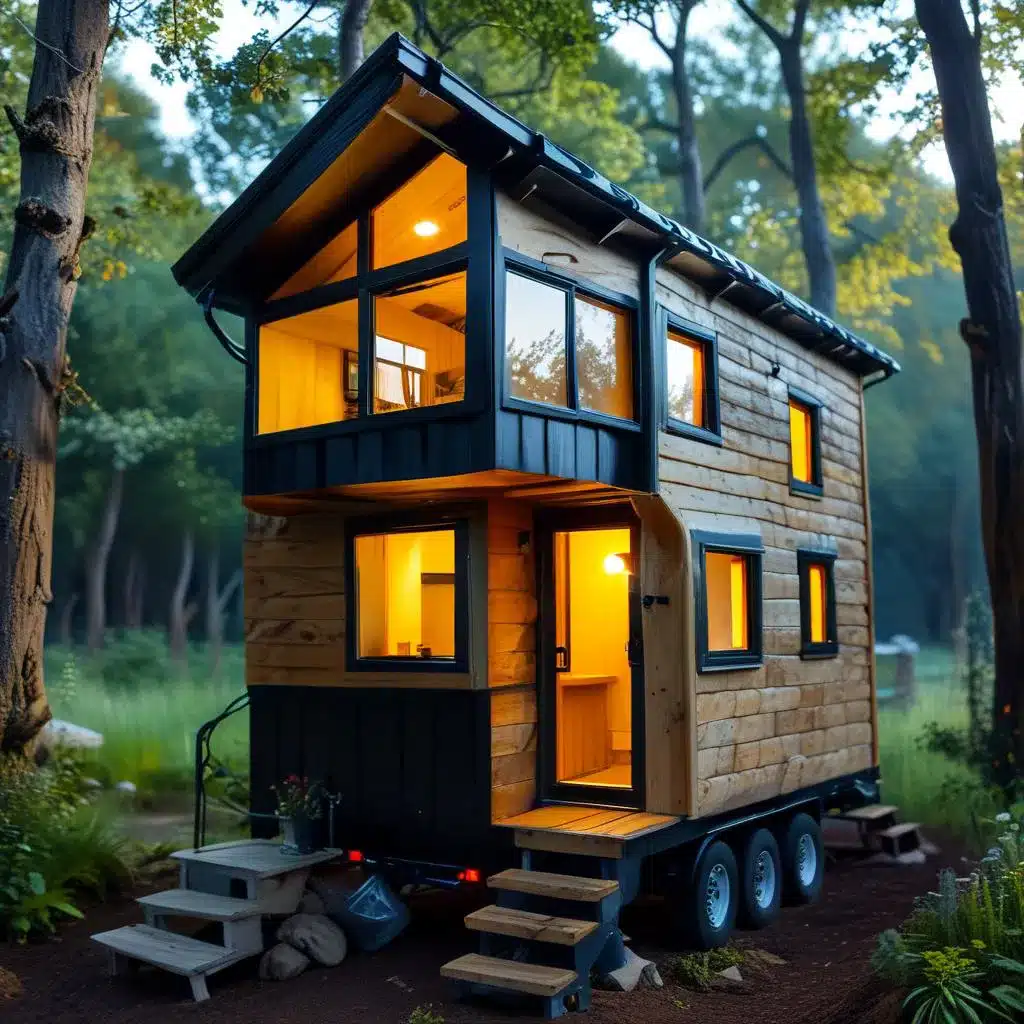Table of Contents
As we enter 2024, the landscape of homeownership and living arrangements continues to evolve, with many people seeking alternatives to traditional housing. The US in particular has seen a rise in co-living, among other alternative living options. This shift is driven by various factors, including economic considerations, environmental concerns, and a desire for simpler lifestyles. In this article, we will explore the reasons behind this growing trend and how it reflects a broader cultural shift toward alternative living.
Understanding Alternative Living
Alternative living refers to various lifestyles that deviate from the conventional concept of homeownership. This can include tiny homes, van life, and co-housing. These living arrangements offer flexibility, affordability, and the opportunity to downsize, making them attractive to a wide range of people, from young professionals to retirees.
The Allure of Park Model Homes
Park model homes, in particular, are becoming increasingly popular among those seeking alternative living options. Here’s why:
- Affordability: One of the main draws of park model homes is their cost-effectiveness. Typically smaller than traditional homes, they require less investment in terms of both purchase price and ongoing maintenance costs. This affordability makes homeownership more accessible, especially for first-time buyers.
- Sustainability: With growing awareness of environmental issues, many people are seeking more sustainable living options. Park model homes often incorporate eco-friendly materials and can be designed to use less energy and water than traditional homes. This aligns with the values of individuals looking to reduce their carbon footprint and live more sustainably.
- Flexibility and Mobility: The compact nature of park model homes offers a unique advantage in terms of mobility. Many are designed to be easily transported, allowing owners to relocate their homes as desired. This flexibility is appealing for those who wish to travel or change their living environment without the hassles associated with traditional real estate.
- Community Living: Alternative living arrangements often foster a sense of community. Many park model home communities are populated by like-minded individuals who share a commitment to simpler living, sustainability, and social connection. This communal aspect can enhance the overall living experience, providing support and camaraderie.
Economic Factors Driving the Shift
The rising popularity of alternative living in 2024 can also be attributed to various economic factors. As housing prices continue to soar in many areas, particularly urban centers, individuals and families are seeking more affordable alternatives. The financial burden of traditional homeownership can be overwhelming, leading many to explore options that allow them to live within their means.
Additionally, the increased prevalence of remote work has changed how people view their living situations. With the flexibility to work from anywhere, many are no longer tethered to urban locations with high living costs. This newfound freedom has led to a rise in interest in alternative living arrangements.
The Impact of Minimalism
The minimalist movement has significantly influenced the popularity of alternative living. Many individuals are embracing the idea of “less is more,” seeking to declutter their lives and focus on what truly matters. By downsizing to a park model home, people can simplify their living spaces and prioritize experiences over material possessions.
This shift toward minimalism is not just about physical space; it’s also about mental clarity and well-being. A simpler lifestyle can lead to reduced stress and increased satisfaction as individuals focus on building relationships and enjoying nature rather than accumulating unnecessary possessions.
Challenges to Consider
While the appeal of alternative living is strong, it’s essential to consider some challenges. Zoning regulations and building codes can vary significantly, potentially complicating the placement of alternative living buildings or vehicles. Additionally, access to utilities and community resources may be limited in some areas, making it crucial for prospective residents to thoroughly research their options.
Conclusion
As we look to the future, the rising popularity of alternative living in 2024 reflects a fundamental shift in societal values. Whether driven by economic factors, a desire for community, or a commitment to sustainability, the allure of alternative living continues to grow. As more people embrace this lifestyle, we can expect to see further innovations and developments that support the diverse needs of those seeking to live life on their own terms. It is clear that individuals now are happy to have a smaller space, as long as they are able to find ways to make a house a home.


